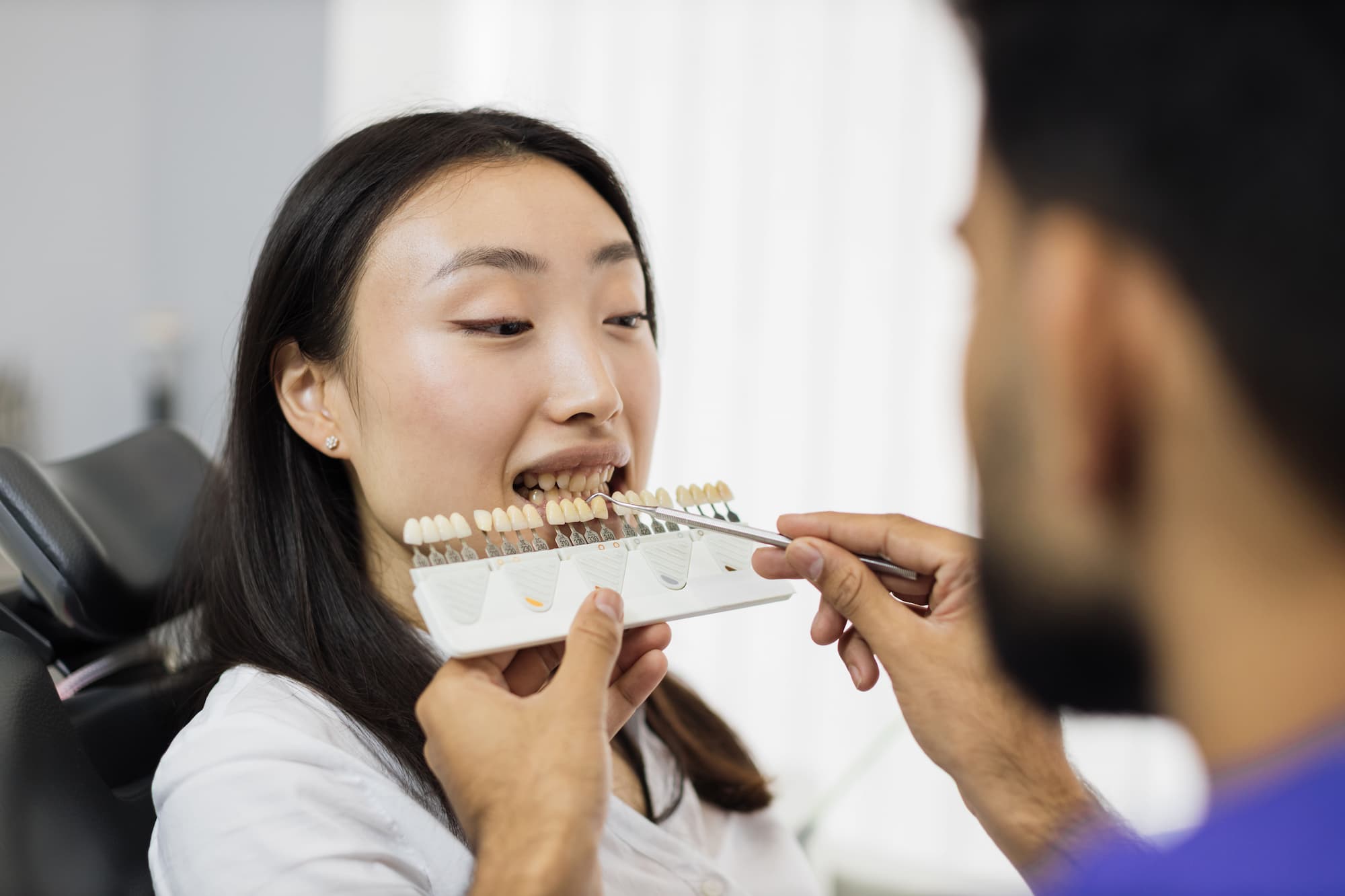Crowns & Bridges
Renew Your Smile: Crowns, Bridges, Onlays, Inlays – Your Path to Radiant Confidence!
Do you have a badly broken tooth or perhaps a filling that keeps dislodging or fracturing and tired of constant replacements? At Newport Family Dentist, we have a multitude of options (indirect restorations listed below) available not only to enhance your smile but also to preserve the long term durability and strength of the affected tooth and adjacent teeth to harmonize your bite.
What is a dental crown?
A dental crown is a tooth-shaped cap that is placed over a damaged or weakened tooth to restore its shape, size, strength, and appearance. It completely encases the visible portion of the tooth above the gumline.
What is a dental onlay and inlay?
Dental onlays and inlays are both types of indirect restorations used to repair damaged or decayed teeth, but they differ in their coverage and application:
Inlays
These indirect restorations fit inside the cusps (pointed edges) of a tooth and are used to repair the chewing surface between them. They are typically used when the damage or decay is too extensive for a filling but does not require the coverage of a crown. Inlays are custom-made in a dental lab and are bonded securely to the tooth.
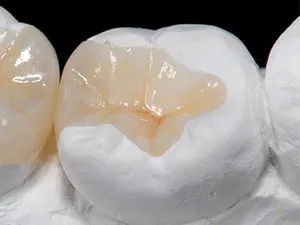
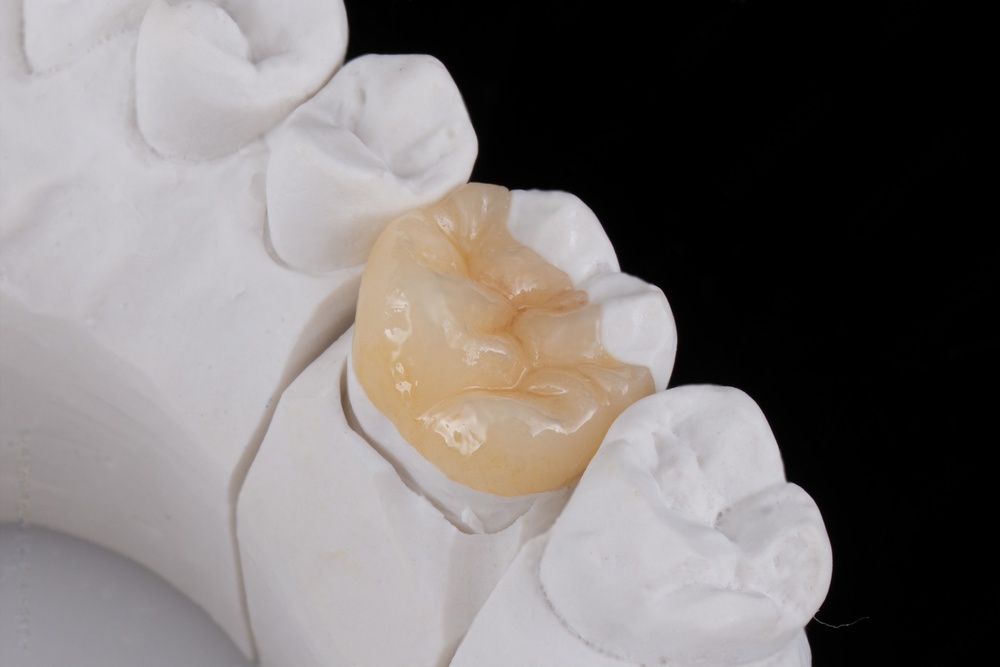
Onlays
Sometimes referred to as partial crowns, are larger indirect restorations that cover one or more cusps (pointed edges) of a tooth. They are used when the damage or decay extends beyond the chewing surface and may involve one or more of the tooth's cusps. Onlays are designed to restore the tooth's shape, size, and strength while preserving as much natural tooth structure as possible. Like inlays, onlays are custom-made in a dental lab and bonded to the tooth.
Both onlays and inlays offer durable and aesthetically pleasing solutions for restoring damaged or decayed teeth while preserving as much natural tooth structure as possible when a dental filling isn’t indicated.
What is a dental bridge?
A dental bridge is a custom-made dental appliance used to replace one or more missing teeth. It consists of artificial teeth (pontics) that are anchored in place by dental crowns or implants on either side of the gap. The crowns or implants serve as supports, or abutments, to hold the bridge in place. The most traditional design is a three unit bridge however modern dentistry has allowed for many different designs deviating away from traditional bridges to be customised to the patient’s aesthetic and functional needs.
How many visits do I need for any indirect restoration?
The process of placing porcelain or metallic (gold or silver) indirect fillings or bridges typically involves two appointments. During the first appointment, the dentist numbs the area around the tooth and removes the decayed or damaged portion of the tooth. An impression of the prepared tooth is then taken, which is sent to a dental laboratory where the indirect filling or bridge is custom-made to fit the specific dimensions and contours of the tooth. In the meantime, a temporary filling may be placed to protect the tooth.
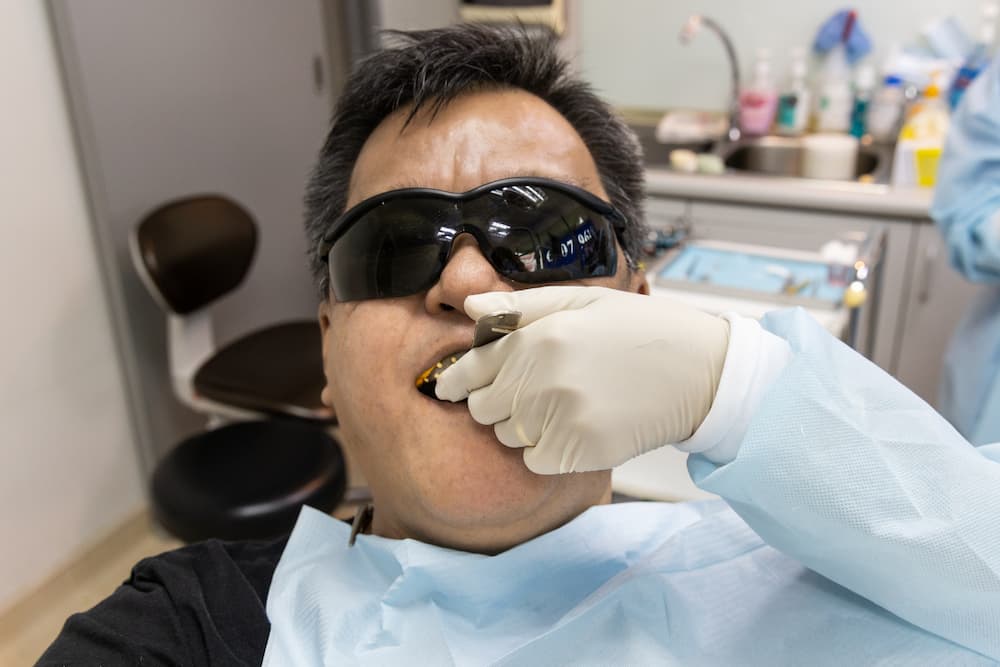
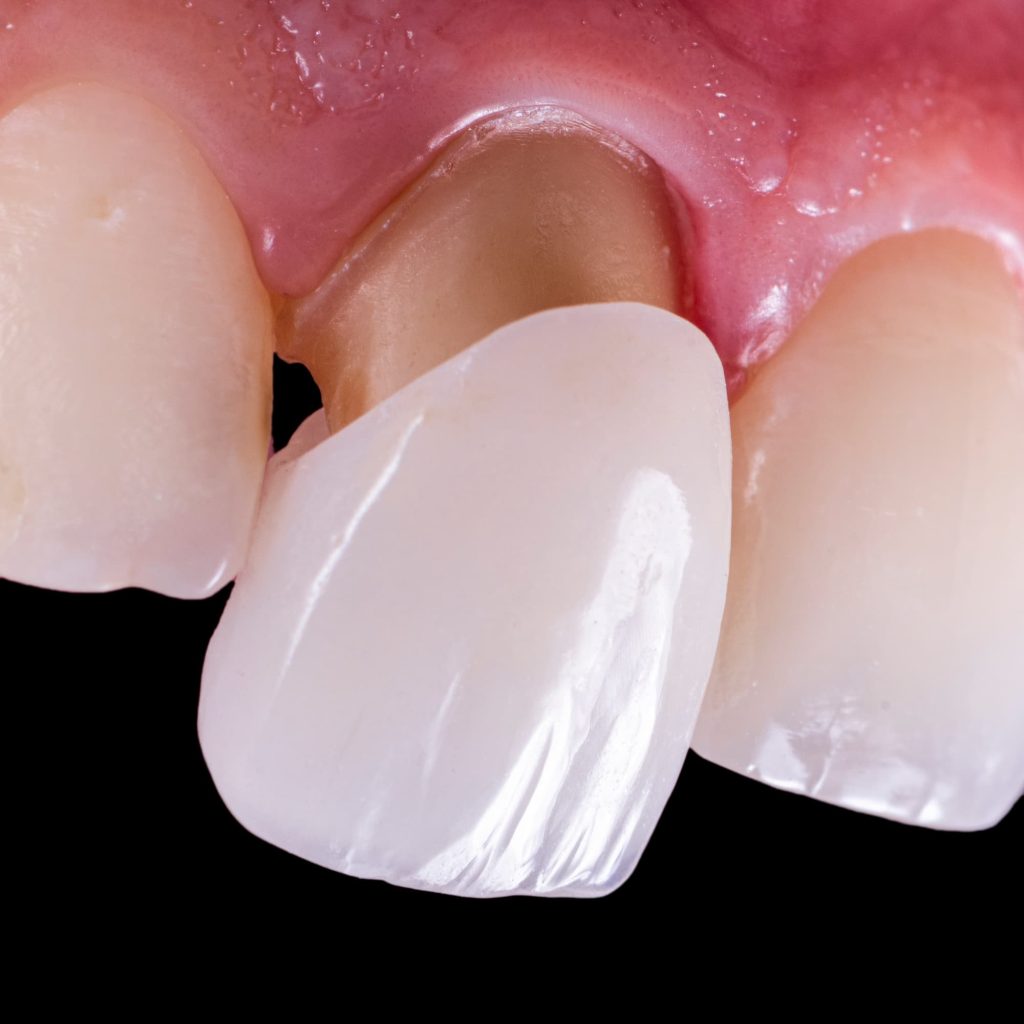
At the second appointment, the temporary filling is removed, and the custom-made indirect filling or bridge is carefully bonded to the tooth using dental adhesive. The filling or bridge is adjusted and polished to ensure a comfortable fit and natural-looking result that blends seamlessly with the surrounding teeth.
To learn more about which option suites you best, book a consultation with us today!

